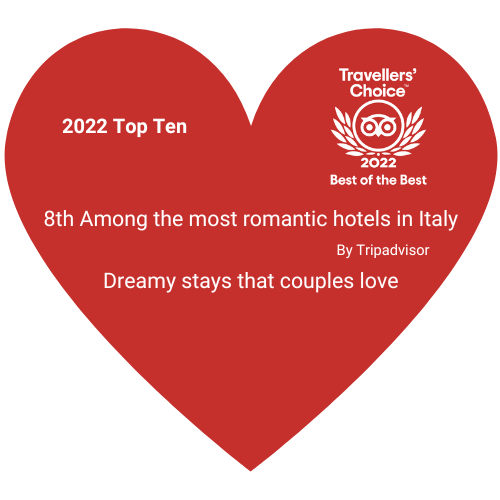
First mentioned by Doge Vitale Falier in 1094, Carnival was linked to public entertainment events held around the city.
The history of the Carnival of Venice, as we know it today, is then found in the 17th century, following a victory of the Republic against the Patriarch of Aquileia. In the 18th century, however, the Venetian Carnival became a true symbol of Venetian culture, when Venetians and outsiders alike poured into the city to party with music and wild dancing.
In the life of the Venetians, Carnival represented a time of freedom, when everyone could be who they wanted and where social classes ceased to exist.
The Carnival, therefore, represented a moment of freedom and equality and that is why nobles from all over Europe came here to celebrate.
Venice carnival costumes
Venice Carnival was indeed a time where everyone could be whoever they wanted to be. However, back in the 18th century, there were only two masks people could wear, the so-called “Bauta” and the “Moretta“.
The Bauta is a white mask that covers the entire face, with a prominent nose, two holes for the eyes, and no mouth. It is usually worn with a black “tabarro”, a long cloak that was initially worn to stay warm, since Carnival takes place in winter, and then became part of the whole costume.
Another typical mask was the so-called “Moretta”, which means “dark mask”, but if you want to know more about it, we recommend reading our blog post about Venice Carnival history.
Nowadays, there isn’t a typical Venetian mask anymore. You can wear anything you like, and spend a day around the streets of Venice being whoever you want to be. You can also participate in the annual best costume contest, and try to win the first prize!
Venice Carnival: how to live one of the most amazing events in the world
Besides the contest for best costume, there are a lot of things to do and events to attend during Carnival.
To live the Carnival of Venice as Venetians used to in the past, you could think about attending a dinner & ball event, wearing an 18th-century costume and dancing beneath a frescoed ceiling inside an ancient Venetian palace.
Alternatively, you can just wear your costume and walk through the streets of Venice, admiring the multitude of fancy outfits you’ll see around the city
You can also do a bacaro tour wearing your costume, pretending to live in a different historical period for a day.
Moreover, don’t forget to taste “frittella“, a traditional kind of fried doughnut, that you can only find during Carnival.
When is Carnival in Venice?
The answer is simple: it depends.
The Venice Carnival does not always fall on the usual dates, this is because it is based on the day on which Easter falls. In 2019, the Venice Carnival was held between 16 February and 5 March, with all its special dances and initiatives.
This year’s Carnival will be held from 27 January to 13 February. We are waiting for you to experience it with us from 1 February!
One of the unmissable events of Carnival is definitely the ‘Festa delle Marie‘. In honour of the victory over the Istrian pirates in 943, every year twelve of the most beautiful girls in Venice are selected, chosen in number of two for each sestiere and renamed Marie for the occasion, who parade through the city and are the protagonists of the main events of the carnival period.
Another event not to be missed is the ‘Volo dell’Angelo‘, which usually falls on Shrove Tuesday. The origin of this event has its roots several centuries ago, when a Turkish acrobat, who had come to Venice for the Carnival celebrations, decided to reach St Mark’s Campanile to honour the Doge by walking on a rope stretched from its top to the great Riva degli Schiavoni.
Unfortunately, the acrobat lost his balance and everyone renamed the Flight of the Angel the ‘Flight of the Turk’. Later on, the name reverted back to its original one. Who will be the Angel of 2024?
Follow the Venice Carnival official website to find out all there is to know about parties and events!
